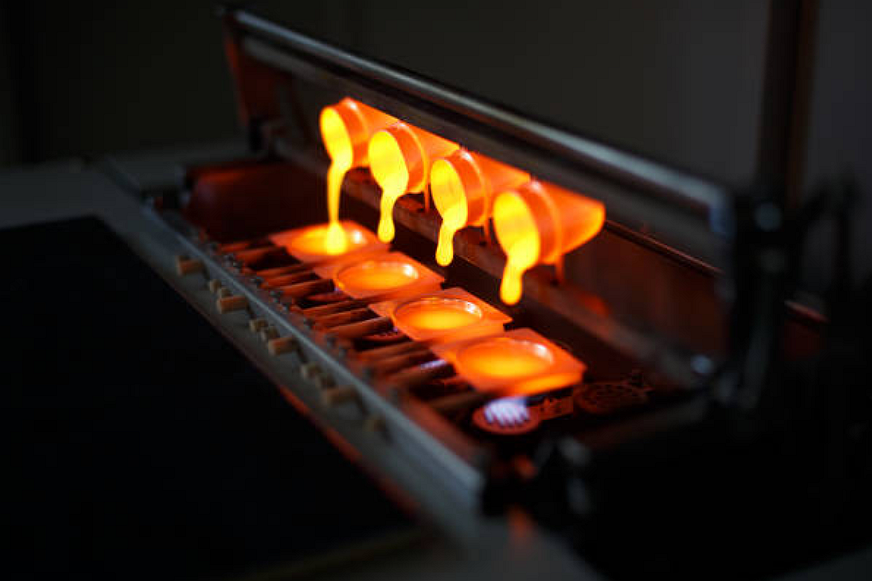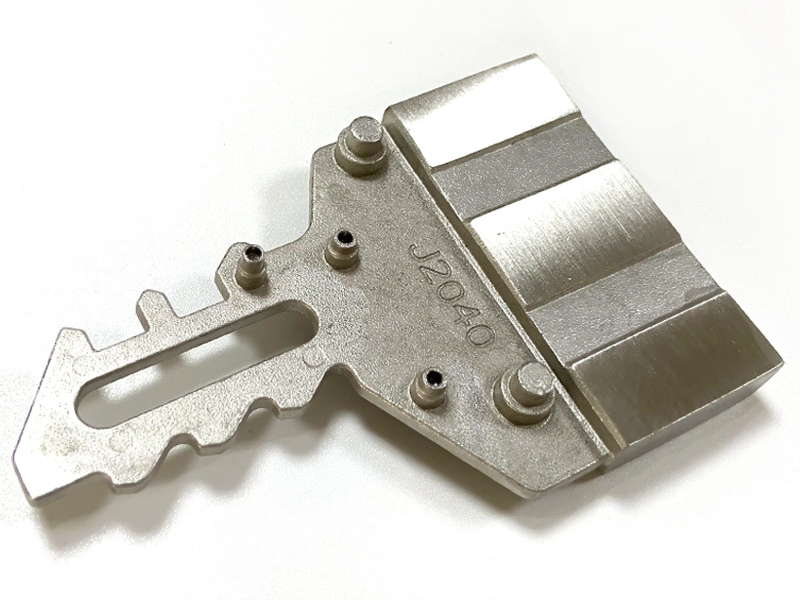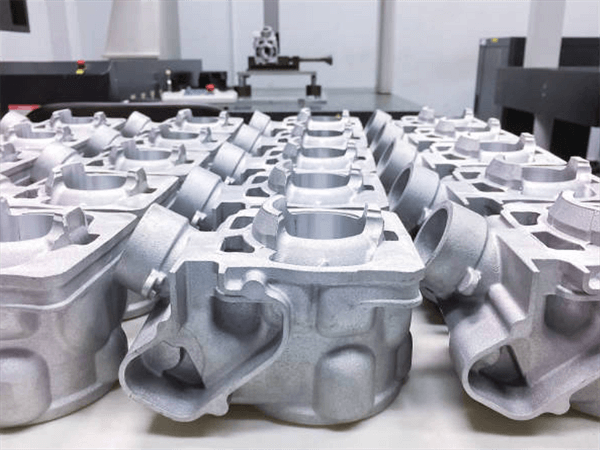What future innovations are expected to enhance gravity casting surface finish capabilities?
Advancing the Future of Gravity Casting
As a process engineer at Neway, I view gravity casting as a technology that is continuously evolving through advancements in materials science, process automation, and digital simulation. Future innovations focus on reducing micro-porosity, improving mold surface precision, and integrating smarter monitoring systems to deliver near-net-shape components with minimal post-processing. These improvements aim to achieve surfaces that meet both aesthetic and functional requirements across demanding industrial applications.
Integration of Intelligent Manufacturing Processes
Emerging manufacturing processes are shaping a smarter, more efficient gravity casting workflow. For instance, CNC machining prototyping combined with real-time metrology enables tighter tolerance verification during mold development. 3D printing prototyping allows rapid creation of intricate sand cores and experimental gating designs. In addition, investment casting techniques are being hybridized with gravity casting to produce smoother cavity surfaces. Aluminum die casting systems are also inspiring adaptive temperature control methods, while sheet metal fabrication integrates precision housings that complement cast assemblies.
Advanced Materials for Enhanced Surface Definition
Next-generation materials will play a crucial role in achieving premium finishes. Alloys such as A356 aluminum and A380 aluminum are being refined through the addition of grain-modifying additives to enhance fluidity and surface smoothness. 383 (ADC12) offers improved resistance to hot cracking in thin-walled parts, while magnesium alloys continue to draw attention for their lightweight, corrosion-resistant properties. Meanwhile, copper alloys are being enhanced through powder metallurgy and hybrid processing, resulting in finer microstructures that are ideal for decorative or electrical components.
Evolving Surface Treatments and Functional Coatings
The future of finishing in gravity casting lies in smart and multifunctional surface treatments. Technologies like anodizing are being optimized for nanostructured oxide layers, improving both reflectivity and wear resistance. PVD coating continues to evolve for dual-layer finishes that combine aesthetic brilliance with mechanical hardness. Furthermore, automation in pre-finishing—such as robotic polishing, electropolishing, and plasma cleaning—will enhance consistency, lower labor intensity, and reduce defect rates on large-scale production lines.
Industry Adoption of Smart Casting Systems
Industries including automotive, aerospace, and energy are leading adopters of these advancements. Automotive OEMs are integrating AI-driven casting cells to predict and correct surface defects in real-time. Aerospace manufacturers are exploring hybrid additive and gravity casting workflows for high-strength structural alloys. Energy equipment producers utilize in-situ coating and heat-resistant finishes for components operating in aggressive thermal environments. Each innovation aims to merge design freedom, durability, and sustainability into the next generation of precision-cast products.



